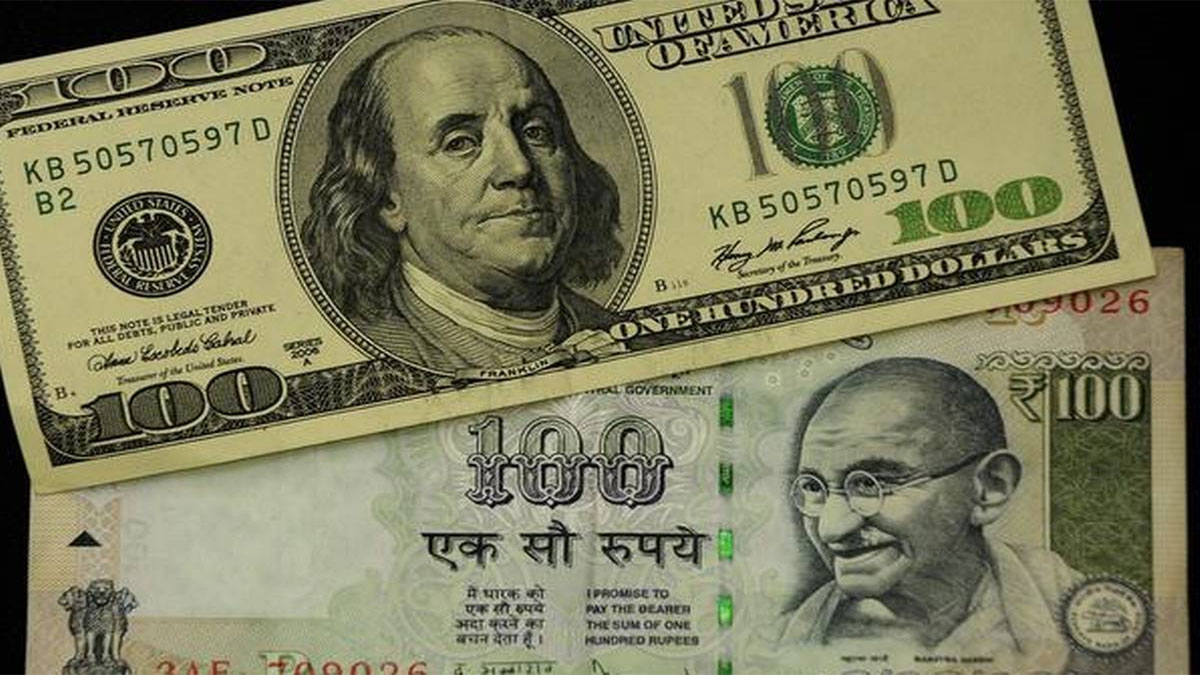In response to statements of intervention by the central bank and inflows of foreign capital, the rupee defied a four-week downturn by rising by more than half a percentage point. However, in light of rising food prices and unequal rainfall distribution that call for vigilant monitoring, the RBI’s minutes sounded hawkish. While local benchmark indices experienced their fifth consecutive weekly decline due to region’s risk-averse mindset, foreign institutions purchased stocks worth $209 million during the previous week.
The Indian rupee has the lowest implied volatility in developing markets, notwithstanding a recent rise in volatility with volume since the Reserve Bank of India has absorbed the majority of the about $19 billion in inflows into domestic stocks and bonds this year.
The spot USDINR’s worst weekly close in a month occurred last week when it dropped 0.54% or 45 paise to 82.66. Technically, the short-term trend became weak as lower lows were formed and short-term moving averages were breached. Support for the pair lies at 82.30, while resistance is at 82.90.
In the week ending August 18, India’s foreign exchange reserves dropped by $7.27 billion to $594.9 billion, which was the worst weekly drop since February 10. Additionally, during that week, the rupee fell below the psychological level of 83.
The dollar index has increased for six weeks in a row, its longest streak since May 2022 as front-end Treasury yields increased. Jerome Powell, the chairman of the Federal Reserve, stated that policymakers intended to keep borrowing costs high for a considerable amount of time. With Christine Lagarde, president of the European Central Bank, declaring that the ECB will set interest rates as high as necessary to contain inflation, the euro settled for its sixth weekly fall, the longest losing streak since 2018.
The dominant trend in foreign exchange was selling Australasian currencies, likely as a result of worries about China. 10.4k AUD, 14.4k JPY, and 4.1k NZD were all sold by investors. On the other hand, specs sold just $1,000 worth of euros while purchasing £8,000 worth of pounds. Overall, there was a $2 billion weekly decline in dollar shorts.
As weekly economic data releases and the PMI figures are released internationally, the data bucket will continue to be full. The economic data from China could show that things are becoming worse rather than better. India appears to be on track to announce a startling acceleration in GDP growth, driven by a manufacturing sector that is experiencing favorable market conditions.

